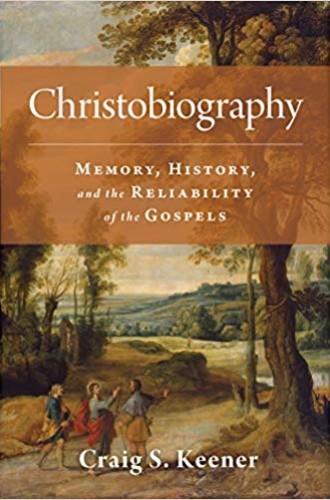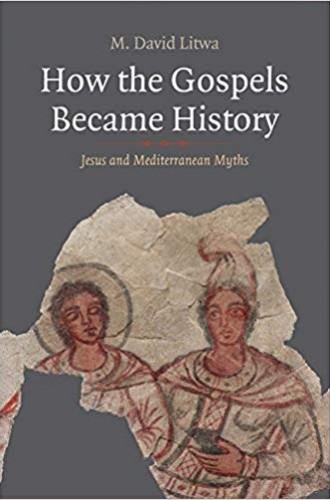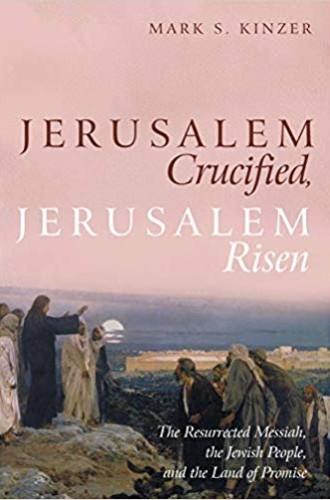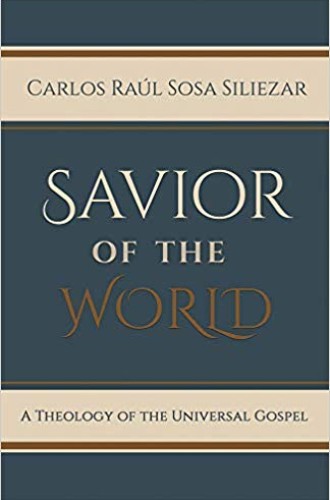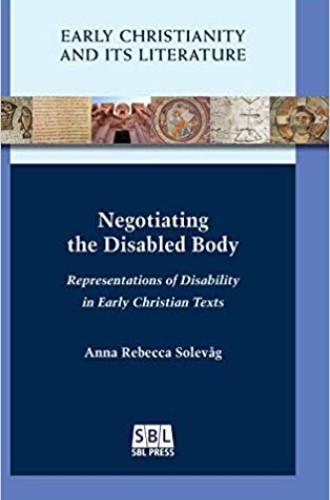Quests for the historical Jesus no longer dominate New Testament scholarship the way they once did, but studies continue to explore the relationship between the Gospels and history.
Craig S. Keener sets forth a comprehensive argument for the broad historical reliability of the canonical Gospels in Christobiography: Memory, History, and the Reliability of the Gospels (Eerdmans). Keener’s primary claim is that we should evaluate the Gospels according to the standards and expectations of their genre, that of ancient biography. While early Roman biographies drew upon a variety of rhetorical and literary techniques to elicit aesthetic enjoyment on the part of the reader, most ancient biographers wrote their works in order to pass on historical information. Given that the Gospels were written within the living memory of Jesus, readers should approach them with the expectation that they intend to preserve Jesus’ teachings and life events.
Keener’s argument may strike some as conservative, but his close analysis of the synoptic Gospels and his detailed attention to the practices of ancient biographers shows that the Gospels demonstrate the same flexibility ancient biographers freely utilized—to expand, abridge, paraphrase, and adorn the story of Jesus with beauty and vividness. Extreme skepticism, toward the historical value of the Gospels is unwarranted.
Read our latest issue or browse back issues.
In contrast, M. David Litwa, in How the Gospels Became History: Jesus and Mediterranean Myths (Yale University Press), argues that the Gospels are best understood as “mythic historiography.” Like Keener, Litwa treats the Gospels as versions of ancient biographies, texts that undoubtedly speak of real persons and events in history. But he emphasizes that often the Gospels seem true only because “they were written in historiographical discourse with historiographical tropes that gave the impression of historicity.” Both Greco-Roman and Christian authors make their stories and myths historically plausible through historicizing rhetoric, which gives the appearance of a truthful and respectable historical past.
Litwa argues, for example, that genealogies in the Gospels give the impression of historical accuracy, but more often than not they are fictive, rhetorical constructs. Thus, Matthew gives Jesus the high-status genealogical claim of descent from the royal house of David. In Litwa’s words: “Jesus’s Davidic ancestry is a mythic claim with a cultural specific meaning for Jews and proselytes: accept the rightful king!” In arguing for the Gospel stories as myths, Litwa says he does not intend to devalue the Gospels or present them as unbelievable. Rather, both history and myth are essential as believers will “inevitably construct truth out of their myths if their myths—and their communities—are going to survive.”
Jesus’ relationship to his Jewish heritage has dominated recent research on the Gospels, but rarely have interpreters of the Gospels seen the destruction of the city of Jerusalem in AD 70 and the rise of Rabbinic Judaism as part of the necessary horizon of their interpretation. In Jerusalem Crucified, Jerusalem Risen: The Resurrected Messiah, the Jewish People, and the Land of Promise (Cascade), Mark S. Kinzer argues that the gospel narrated by Luke-Acts has within its purview the promise of redemption for Israel’s land, the holy city of Jerusalem, and the Jewish people.
Kinzer’s reading of Luke-Acts stems from Kinzer’s own identity as a Messianic Jew who sees the Jewish people and the church as “estranged covenantal partners, each of which needs the other to be whole.” Defining the church as a community of Jews and gentiles joined together around Jesus, Kinzer laments that the dominant ecclesial tradition has failed to preserve the significance of Jewish ethnic identity within the church and has often spoken as if God had rejected Israel from its favored covenantal status. To the contrary, Kinzer suggests that Luke-Acts ties together the destiny of the Jewish people with that of the Messiah, and this destiny anticipates a future day when the Jewish people offer a wholehearted welcome to Jesus in Jerusalem.
The Gospel of John’s relationship to Judaism is a riddle that continues to puzzle scholars. Many, in fact, have posited that the Gospel is a product of a small sectarian group of Jewish Christians who had been expelled from the synagogue (see John 9:22, 16:2). While by no means denying John’s important relationship to Judaism, Carlos Raúl Sosa Siliezar’s Savior of the World: A Theology of the Universal Gospel (Baylor University Press) argues that John presents Jesus as the lord and owner of all creation.
Jesus’ mission in John’s Gospel, Siliezar argues, is to reestablish his reign over creation by triumphing over Satan, the illegitimate tyrant who has deceived humanity and kept the world in darkness, and thereby to bestow eternal life upon all humanity. John works on many levels to characterize Jesus as the Savior of the world and the one who invites his disciples into his mission of love, sacrifice, and peace for the sake of the entire world.
Anna Rebecca Solevåg’s Negotiating the Disabled Body: Representations of Disability in Early Christian Texts (SBL Press) exemplifies how disability can illumine ideas and discourses in the Gospel texts related to embodiment, power, and stigma. In Mark’s Gospel, for example, Jesus’ claim to authority is deeply dependent on his ability to heal. Disability “is the crutch the narrative needs in order to show that God is great.”
She sees Jesus’ healings in Mark as contesting the relationship between disability and sinfulness (Mark 2:1–12) as well as questioning the truthfulness of stigmatizing the ethnic other (Mark 7:24–30). Accusations from Jesus’ opponents that he is demon-possessed or mad are forms of disability invective meant to discredit Jesus’ masculinity. Mark goes to great length to respond to this invective by showing Jesus as a strongman who perfectly embodies masculinity protocols.
John’s Gospel, Solevåg believes, is paradoxical when it comes to disability. John develops the character of healed characters in a more robust way than Mark does, but he often uses them to symbolize ignorance or lack of insight, and in this way the stigma remains.


